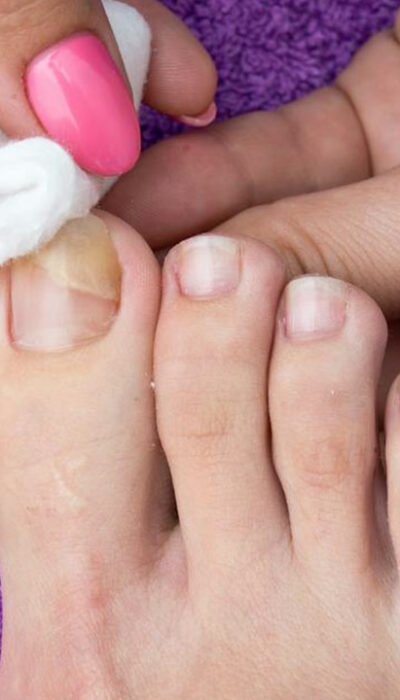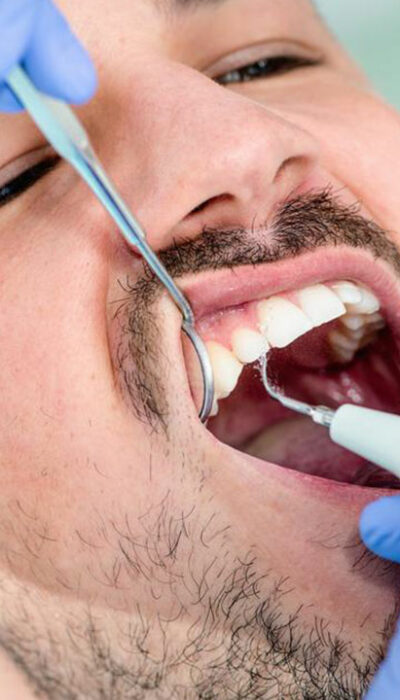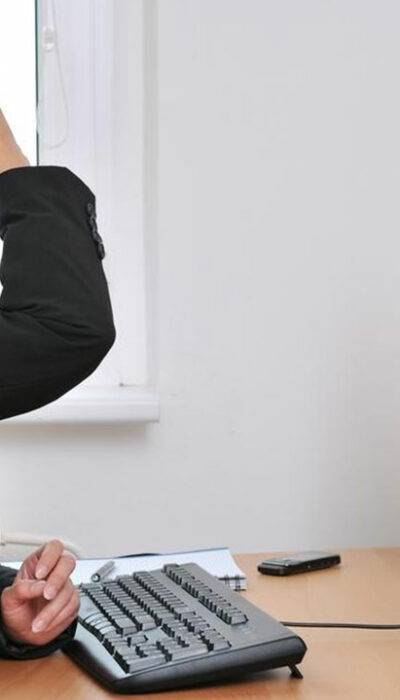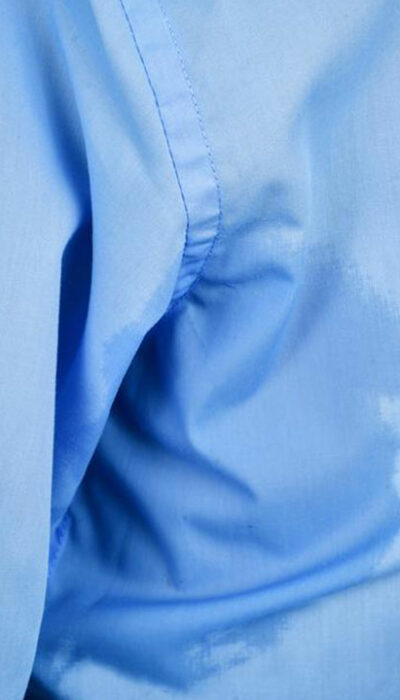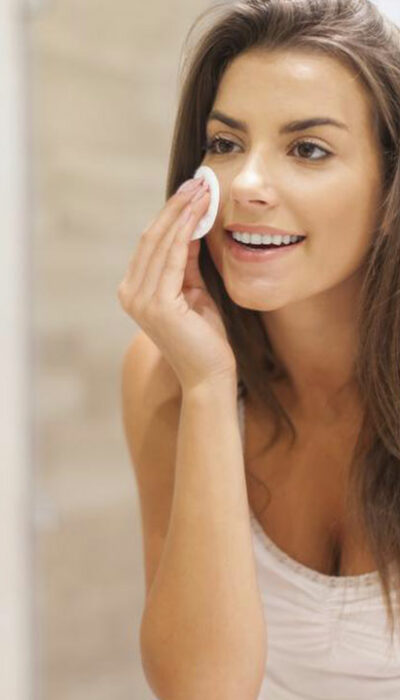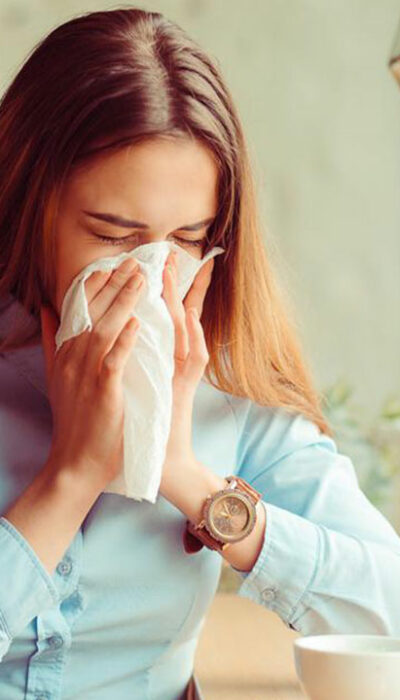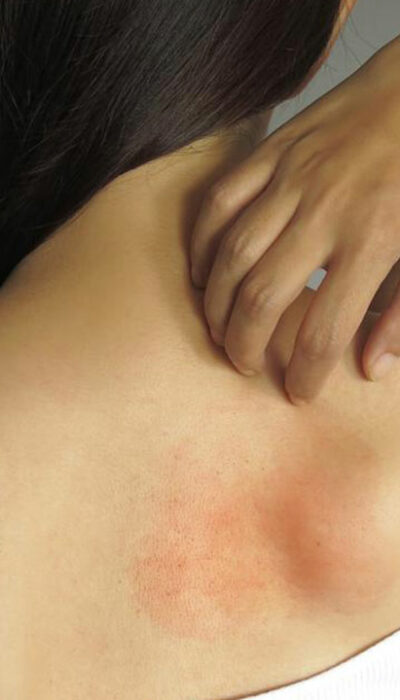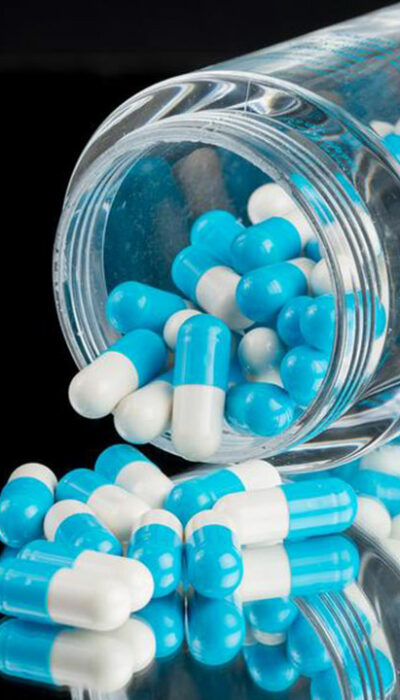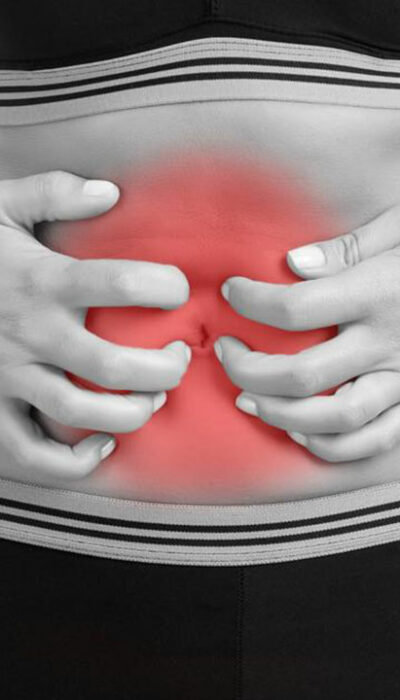
How to Cure a Urinary Tract Infection at Home
UTI occurs when there is an uncontrollable growth of bacteria in the bladder. This is an infection that can happen to anyone. However, it is most commonly seen in women. Before we know the about how to cure urinary tract infection, let us know about its causes. Bacteria enter through the urethra and attach to the bladder. The infection starts spreading as the bacteria multiply. This causes symptoms like frequent urination, cramping in the abdomen, and pain while urinating. You need to treat these symptoms with medication or home remedies. If you treat it at home, you will not have to worry about having any side effects. These home treatments are very simple and will get you feeling better in no time. You need to know how to cure a urinary tract infection at home. Here are nine ways in which you can fight the infection and recover quickly. Drink More Fluids One of the most common solutions yo how to cure urinary tract infection is consuming more fluids. This will help flush out the bacteria. You can either drink plenty of water or have fruit juices. Urine is filled with waste from the body and is acidic. Drinking more water will dilute it. This way you will not experience pain while urinating. Have a glass of water before every meal. Have at least 12 glasses of water a day. This is sure to help treat the UTI. Heating Pads If your bladder infection is severe, you are sure to have a mild pain in the abdomen. This will cause you discomfort as it is persistent and may be severe in some cases. If the other methods or medication is not helping, you can use heating pads to soothe the dull ache caused by the UTI. Urinate Frequently It is best not to hold it when you need to urinate.
